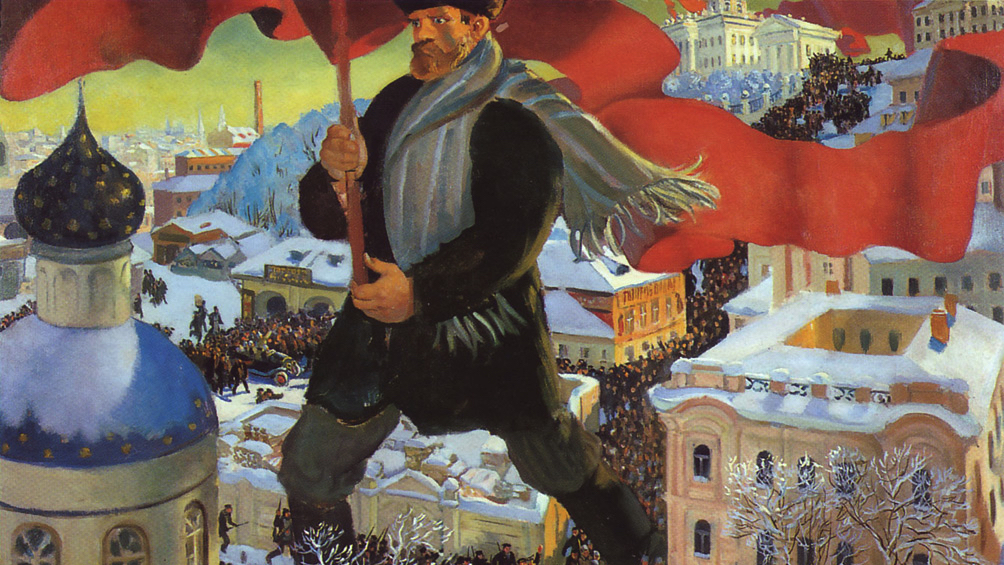HY242 covers the entire lifespan of the Soviet Union from its inception in 1917-22 in the cauldron of the Russian revolution and Bolshevik dictatorship to the unexpected demise in 1989-91. Many courses about the Soviet Union teach either domestic history or foreign policy, either political or social history. This course seeks to connect separate threads of scholarship into one historical analytical narrative. It also devotes special attention to the history of ideas and intelligentsia. The Soviet Union was dictatorship, but also ideocracy: one of the most daring ideological experiment in human history, that offered a sweeping and ultimately failed alternative to capitalism and liberal democracy. Given immensity of this material, the course is structured around major issues, such as the state construction and nationalism; Stalinism as a system; the impact of the Second World War and the Cold War on elites and society; de-Stalinization and dissent; the causes of stagnation of the Soviet project; the patterns of Soviet reformism and the triggers of Soviet collapse. Among the persistent questions that the course addresses are: How did ideas, state policies, and social dynamics interact in Soviet polity? How did the outside world affect Soviet politics and economics? Was the Soviet Union an empire and of what kind? Why the giant country that prevailed in the Second World War collapsed so suddenly and peacefully? How did Soviet economy function? Is there a historical “path dependency” for today’s Russia?

HY242 - The Soviet Union: Domestic, International and Intellectual History
HY242 covers the entire lifespan of the Soviet Union from its inception in 1917-22 in the cauldron of the Russian revolution and Bolshevik dictatorship to the unexpected demise in 1989-91. Many cou...